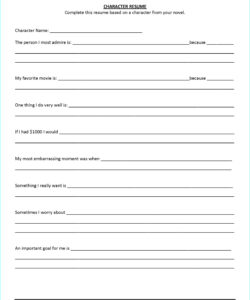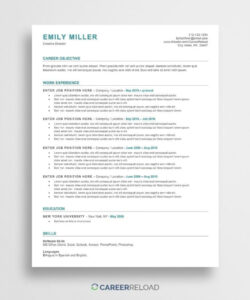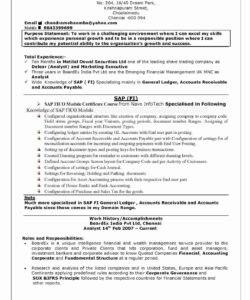Are you looking to make your resume stand out from the crowd? One way to do this is by including metrics that demonstrate your impact and achievements. In this article, we will discuss how to include metrics in your resume to help you land your dream job.
Metrics are quantifiable measures that demonstrate the impact of your work. They can help recruiters and hiring managers to get a much better sense of how you will be able to practically add value to their organizations. By adding metrics to your resume, you help recruiters and hiring managers to see the tangible impact your work made on an organization, make your claims more believable, and show that you are a results-driven and action-oriented individual.
Why Should I Add Metrics to My Resume?
You should add metrics and KPIs to your resume to demonstrate the tangible impact your work made on an organization, make your claims more believable, and show that you are a results-driven and action-oriented individual.
Metrics Demonstrate the Impact of Your Work
At the executive level, it’s not enough to simply outline your day-to-day responsibilities on your resume. You need to demonstrate the impact of your work. As Darrell Rosenstein, a recruiter from The Rosenstein Group explained, “I want to see hard results and achievements…. Not just in words, but more importantly, in numbers.”
Metrics Make Your Claims More Believable
On your resume, always aim to “show” instead of “tell.” Instead of using exaggerated language that may elicit an eye roll from your reader, aim to incorporate metrics that demonstrate these characteristics and increase your overall credibility.
Metrics Show that You Are Results-Driven and Action-Oriented
Most importantly, metrics enable you to write accomplishment-driven bullet points and serve as a testament to the fact that you care about delivering results. By adding metrics to your resume, you help recruiters and hiring managers to get a much better sense of how you will be able to practically add value to their organizations.
Which Metrics Should I Include on My Resume?
You can find relevant metrics to add to your resume no matter what type of role or industry you work in. Consider incorporating metrics related to sales and revenue, profitability, costs, people, marketing, partnerships, performance and operations, and data analysis. To some extent, the metrics you have available will depend on how performance is measured in your current role or industry.
How Should I Incorporate Metrics In My Resume?
When incorporating metrics into your resume, it’s important to be specific. Numbers are specific, that is the point of adding metrics. While you can use percentages and ranges, it’s best to be as specific as possible. Pick important ones. Sometimes our previous jobs are different from the job we are applying for next. Don’t fall into the trap of thinking that all metrics are created equal. Data not visuals. Use data to back up your claims, not visuals.
How Can I Check if My Resume Includes Enough Metrics?
If you’re not sure whether your resume includes enough metrics, there are a few things you can do. First, review your resume and look for opportunities to add metrics. Second, ask a friend or colleague to review your resume and provide feedback. Finally, consider working with a professional resume writer who can help you to identify the most impactful metrics to include on your resume.
FAQ
What are metrics?
Metrics are quantifiable measures that demonstrate the impact of your work. They can help recruiters and hiring managers to get a much better sense of how you will be able to practically add value to their organizations.
What are some examples of metrics?
Examples of metrics include sales and revenue, profitability, costs, people, marketing, partnerships, performance and operations, and data analysis.
How should I incorporate metrics into my resume?
When incorporating metrics into your resume, it’s important to be specific. Numbers are specific, that is the point of adding metrics. While you can use percentages and ranges, it’s best to be as specific as possible. Pick important ones. Sometimes our previous jobs are different from the job we are applying for next. Don’t fall into the trap of thinking that all metrics are created equal. Data not visuals. Use data to back up your claims, not visuals.


